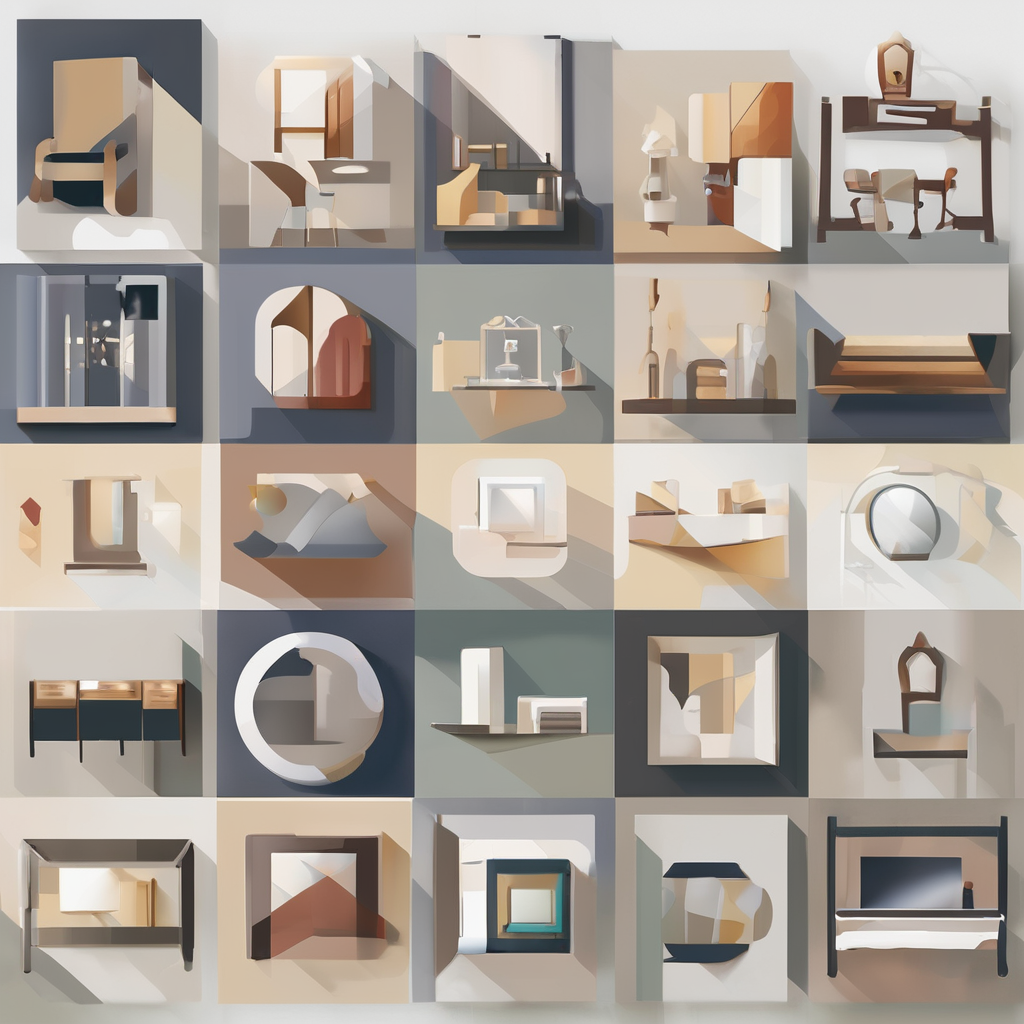Key Innovations Modernizing Traditional British Homes
Modernising traditional homes in the UK demands a fine balance between preserving charm and adopting functional innovations. Innovations in British homes today emphasize seamless integration of contemporary technology and materials without compromising heritage aesthetics. This approach enhances living comfort while respecting architectural identity.
Current trends stress blending modern solutions like smart heating controls and eco-friendly insulation with classic features such as timber beams and sash windows. Homeowners and architects collaborate to apply discreet upgrades, ensuring that additions do not disrupt visual or structural integrity. For example, secondary glazing offers energy efficiency while maintaining period window appearance.
Have you seen this : How Can We Transform Small Spaces Into Multi-Functional Living Areas?
Another innovation is the use of advanced materials mirroring traditional textures but providing superior durability and performance. These innovations in British homes bring practicality and style together, enabling more energy-efficient, secure, and comfortable living spaces. Successful projects prove that traditional British homes can embrace modern technology and sustainable solutions, illustrating how British home updates elevate both functionality and historical value.
This synergy between tradition and technology forms the foundation of progressive British home updates, transforming residences into smart, eco-conscious dwellings while honoring their origins.
Additional reading : How Can You Adapt Your Interiors to Reflect Modern UK Design Trends?
Smart Home Technology Integration
Smart home tech is increasingly popular in British homes, including period properties where preserving heritage is critical. Home automation UK innovations focus on devices that fit discreetly into existing interiors without altering historical features. For example, wireless smart thermostats and sensor-based lighting systems offer compatibility with older wiring and aesthetics.
Security is a primary area for smart upgrades in British smart homes. Features like smart locks and cameras help maintain safety without intrusive installations. Lighting controls allow homeowners to adjust ambiance remotely or schedule lights to mimic occupancy, integrating convenience with period charm.
Heating systems often benefit from smart thermostats that optimize energy use while respecting traditional heating designs. These devices are compatible with classic radiators and underfloor heating systems seen in many heritage residences.
Balancing convenience with preservation requires a careful approach. Many smart home tech solutions offer reversible installation methods, preventing damage to period details. This ensures modern functionality enhances everyday living while safeguarding the home’s historical integrity. Such thoughtful integration of smart devices enables traditional British homes to evolve into efficient, secure, and user-friendly spaces without losing their unique character.
Eco-Friendly Retrofits and Sustainability
Sustainable retrofits play a crucial role in modernising traditional homes while aligning with environmentally responsible living. For many eco-friendly British homes, upgrading insulation is a top priority. Materials such as sheep’s wool or breathable hemp-based options provide effective energy efficiency without compromising wall breathability essential for older buildings.
Window retrofits balance preservation with performance. Secondary glazing is common for maintaining period window aesthetics, boosting thermal retention without altering original frames. Some homeowners also explore slim-profile double glazing designed for heritage properties, marrying tradition with improved insulation.
Renewable energy adoption, including discreet solar panels, is increasing in heritage settings. Panels can be positioned subtly on non-prominent roof slopes, ensuring that visual impact is minimal—key in maintaining classic British home charm. Additionally, integrating water-saving solutions like modern low-flow fixtures fits well within traditional layouts, reducing water usage without extensive remodeling.
These eco-friendly British homes demonstrate that extensive environmental upgrades are possible in period properties. Thoughtful sustainable retrofits allow traditional homes to meet modern green standards while respecting architectural uniqueness, securing their future in an eco-conscious era.







